-
 Bitcoin
Bitcoin $119000
-2.21% -
 Ethereum
Ethereum $4315
1.01% -
 XRP
XRP $3.151
-3.11% -
 Tether USDt
Tether USDt $0.0000
0.00% -
 BNB
BNB $808.5
-0.71% -
 Solana
Solana $175.8
-4.21% -
 USDC
USDC $0.9999
0.00% -
 Dogecoin
Dogecoin $0.2250
-3.92% -
 TRON
TRON $0.3469
1.77% -
 Cardano
Cardano $0.7818
-3.81% -
 Chainlink
Chainlink $21.47
-2.10% -
 Hyperliquid
Hyperliquid $43.30
-6.81% -
 Stellar
Stellar $0.4370
-2.84% -
 Sui
Sui $3.682
-4.40% -
 Bitcoin Cash
Bitcoin Cash $590.8
2.67% -
 Hedera
Hedera $0.2484
-5.20% -
 Ethena USDe
Ethena USDe $1.001
0.00% -
 Avalanche
Avalanche $23.10
-4.29% -
 Litecoin
Litecoin $119.2
-3.96% -
 Toncoin
Toncoin $3.409
0.90% -
 UNUS SED LEO
UNUS SED LEO $9.016
-1.29% -
 Shiba Inu
Shiba Inu $0.00001304
-3.82% -
 Uniswap
Uniswap $11.18
1.33% -
 Polkadot
Polkadot $3.913
-3.51% -
 Cronos
Cronos $0.1672
-3.08% -
 Dai
Dai $1.000
0.02% -
 Ethena
Ethena $0.7899
-4.70% -
 Bitget Token
Bitget Token $4.400
-1.23% -
 Pepe
Pepe $0.00001132
-5.93% -
 Monero
Monero $257.9
-6.44%
Will OKEX's name change to OKX affect leveraged trading?
OKX's rebranding from OKEx likely won't directly impact leveraged trading functionality, but indirect effects like altered user confidence or regulatory scrutiny are possible. Users should monitor official announcements for any changes to parameters or available instruments.
Mar 07, 2025 at 09:48 am

Will OKEX's name change to OKX affect leveraged trading?
Key Points:
- The rebranding of OKEx to OKX is primarily a cosmetic change and is unlikely to directly impact the functionality of leveraged trading offered on the platform.
- However, indirect effects are possible, depending on how the rebranding is executed and how users perceive the change. These indirect effects could include changes in user confidence, regulatory scrutiny, and potential integration issues.
- The core trading engine and risk management systems are expected to remain largely unchanged, unless explicitly stated otherwise by OKX.
- Users should monitor official announcements from OKX for any specific updates regarding leveraged trading parameters or changes in available instruments post-rebranding.
- Any potential disruption to leveraged trading would likely be temporary, as OKX has a vested interest in maintaining a stable and functional platform to retain its user base.
- Step 1: Understanding the Scope of the Rebranding
The name change from OKEx to OKX appears superficial at first glance – merely dropping the "e." However, a rebranding exercise often signifies a broader strategic shift within a company. This could involve a refreshed brand identity, a revised marketing strategy, a renewed focus on specific user segments, or even underlying technological or structural adjustments. For leveraged trading users, the most important aspect is determining whether the rebranding entails any changes to the platform's core functionality, specifically those concerning margin trading, futures contracts, and other leveraged products. The initial announcement from OKX concerning the rebranding should be meticulously examined for any mention of modifications to trading parameters, such as leverage limits, liquidation mechanisms, or available trading pairs. A deep dive into the terms of service, risk disclosure statements, and any accompanying legal documents is crucial to understanding the full implications of the rebranding on the user experience. The absence of explicit mentions regarding leveraged trading does not guarantee that no changes will occur; users should remain vigilant and actively seek clarifications from OKX's customer support if any ambiguity persists. It's also vital to analyze whether the rebranding is accompanied by a website redesign or app updates, as these could indirectly affect the user interface for leveraged trading and potentially introduce temporary disruptions. Understanding the scope of the rebranding – whether it's a mere cosmetic update or a more comprehensive overhaul – is paramount in assessing its impact on leveraged trading activities.
- Step 2: Analyzing Potential Indirect Impacts on Leveraged Trading
While the name change itself is unlikely to directly alter the mechanics of leveraged trading, several indirect impacts are possible. First, user confidence might be affected. A significant rebranding exercise can spark uncertainty among users, particularly those unfamiliar with the rationale behind the change. This uncertainty could lead to reduced trading volume, especially in high-risk leveraged trading. Secondly, regulatory scrutiny might increase. Depending on the jurisdiction, a rebranding could trigger a review by regulatory bodies, potentially leading to temporary delays or restrictions on leveraged trading while compliance is assessed. Thirdly, integration issues with third-party platforms or applications could arise. If the rebranding involves changes to API keys or other technical aspects, it could disrupt the seamless integration of OKX's leveraged trading features with external trading tools or automated trading bots. Furthermore, the rebranding might signal a strategic shift in OKX's business model, potentially affecting the range of leveraged products offered or the fees associated with them. A shift towards a more regulated or risk-averse approach could result in tighter leverage limits or the removal of certain high-risk leveraged instruments. Conversely, a more aggressive strategy could lead to the introduction of new, potentially riskier, leveraged products. Analyzing these potential indirect effects is crucial for understanding the long-term impact of the rebranding on the leveraged trading ecosystem within OKX.
- Step 3: Examining the Technological Infrastructure
The rebranding of OKX from OKEx is unlikely to directly affect the underlying technological infrastructure responsible for executing leveraged trades. The core trading engine, order matching system, risk management algorithms, and liquidation mechanisms should remain largely unchanged unless explicitly stated otherwise by OKX. However, users should still exercise caution and carefully monitor any official announcements or updates from OKX concerning technological changes. Any significant alterations to the technological infrastructure would likely necessitate a period of downtime or maintenance, potentially disrupting leveraged trading activities temporarily. It's essential to differentiate between superficial cosmetic changes to the user interface and deep-seated alterations to the core technological components. While a new website design or app update might impact the user experience, it shouldn't directly affect the core functionality of leveraged trading. Nevertheless, a comprehensive review of OKX's system status updates and technical documentation is recommended to ensure the stability and reliability of the leveraged trading platform after the rebranding. Any significant technological changes should be clearly communicated to users in advance, allowing them to prepare for potential disruptions and make informed decisions regarding their trading activities.
- Step 4: Monitoring Official Communications and User Feedback
Following the rebranding, continuous monitoring of official communications from OKX is crucial. This includes press releases, blog posts, social media updates, and email newsletters. These official channels should provide clear and concise information regarding any changes to leveraged trading, including updates to terms of service, fees, available instruments, and leverage limits. Moreover, paying close attention to user feedback on various online forums and social media platforms can offer valuable insights into the actual impact of the rebranding on leveraged trading. Users should actively search for discussions and reviews related to their trading experience on the rebranded platform. This crowdsourced information can help identify any potential issues or glitches that might not be immediately apparent from official announcements. Additionally, contacting OKX's customer support directly with specific questions about leveraged trading can provide personalized clarification and address any individual concerns. By actively monitoring official communications and user feedback, traders can stay informed about any changes and potential problems, enabling them to adapt their trading strategies accordingly and mitigate any potential negative effects from the rebranding.
- Step 5: Assessing the Long-Term Implications
While the immediate impact of the name change might be minimal, the long-term implications require careful consideration. The rebranding could signal a broader strategic shift for OKX, which could eventually influence its approach to leveraged trading. This might involve changes in risk management policies, leverage limits, or the types of leveraged products offered. It's important to monitor the platform's evolution post-rebranding to detect any significant alterations in its trading environment. The rebranding might attract new users or investors, leading to increased competition and potentially more favorable trading conditions. Alternatively, it could lead to a consolidation of services or a shift in focus, potentially impacting the availability of certain leveraged products or features. Observing the platform's overall performance metrics, such as trading volume, user base growth, and customer satisfaction, can offer insights into the long-term effects of the rebranding on the overall trading ecosystem, including leveraged trading. This ongoing assessment is essential for traders to adapt their strategies and expectations accordingly.
FAQs:
Q: Will my existing leveraged positions be affected by the OKEx to OKX name change?
A: No, unless OKX explicitly states otherwise in official communications. Your existing positions should remain unaffected by the simple name change. However, always check your account and open positions to ensure there are no discrepancies.
Q: Will the leverage limits on my trades change after the rebranding?
A: It's unlikely unless OKX announces specific changes to its leverage policies. However, it's prudent to check OKX's official announcements and updated terms of service to confirm this.
Q: Will the fees for leveraged trading change?
A: Any changes to fees should be communicated by OKX. Check their updated fee schedule after the rebranding. The absence of an announcement does not guarantee that fees will remain unchanged.
Q: What should I do if I experience issues with leveraged trading after the name change?
A: Contact OKX's customer support immediately. Report any problems you encounter and request assistance. Keep detailed records of any issues you experience.
Q: Does the name change affect the security of my funds on the OKX platform?
A: The name change itself shouldn't directly affect the security of your funds. However, it's essential to ensure you are using the official and updated OKX platform and not a fraudulent website mimicking the rebranded platform.
Q: Will the rebranding affect the availability of specific leveraged trading pairs?
A: OKX may choose to alter its offerings. Regularly check the available trading pairs on the platform. Any significant changes should be announced.
Q: Should I withdraw my funds before or after the rebranding?
A: This is a personal decision. There's no inherent need to withdraw funds solely because of the name change. However, if you have concerns, you are free to withdraw your funds at any time, although this might incur fees and transaction delays.
Q: Will the rebranding impact the user interface for leveraged trading?
A: While the core functionality may remain the same, the user interface might see some changes. Check for updates and familiarize yourself with the new interface.
Q: Is there a risk of my account being compromised due to the rebranding?
A: The rebranding itself doesn't increase the risk of account compromise. However, it's crucial to remain vigilant against phishing attempts and scams, which might try to exploit the confusion surrounding the name change. Only use official OKX channels for communication and updates.
Disclaimer:info@kdj.com
The information provided is not trading advice. kdj.com does not assume any responsibility for any investments made based on the information provided in this article. Cryptocurrencies are highly volatile and it is highly recommended that you invest with caution after thorough research!
If you believe that the content used on this website infringes your copyright, please contact us immediately (info@kdj.com) and we will delete it promptly.
- Unich's OTC Exchange: Surging with $1.2B Volume – What's the Hype?
- 2025-08-13 02:50:11
- MoonBull's Explosive Moves: Your Crypto Whitelist Ticket to Ride!
- 2025-08-13 02:30:11
- MAGACOIN Finance: Don't Miss the Presale Bonus!
- 2025-08-13 02:30:11
- Trump's Crypto Kingdom: $2.4 Billion and Counting
- 2025-08-13 02:50:11
- Solana, LSTs, and SEC Approval: A New Dawn for Crypto?
- 2025-08-13 02:55:12
- Bitcoin's Profit Surge: Unpacking the BTC Value Boom
- 2025-08-13 02:55:12
Related knowledge
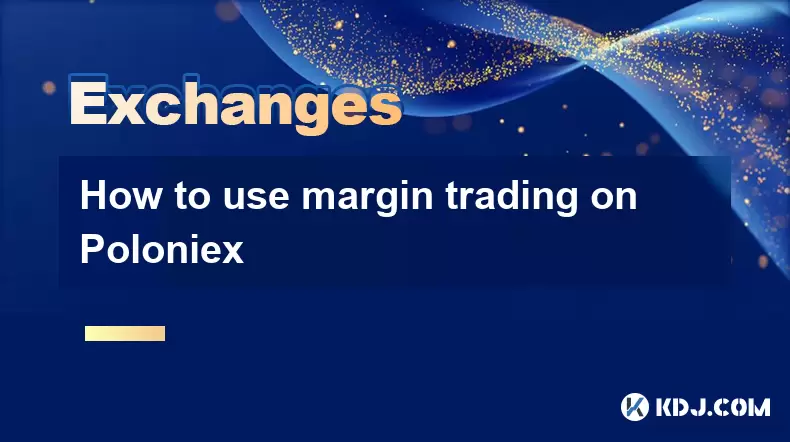
How to use margin trading on Poloniex
Aug 08,2025 at 09:50am
Understanding Margin Trading on Poloniex
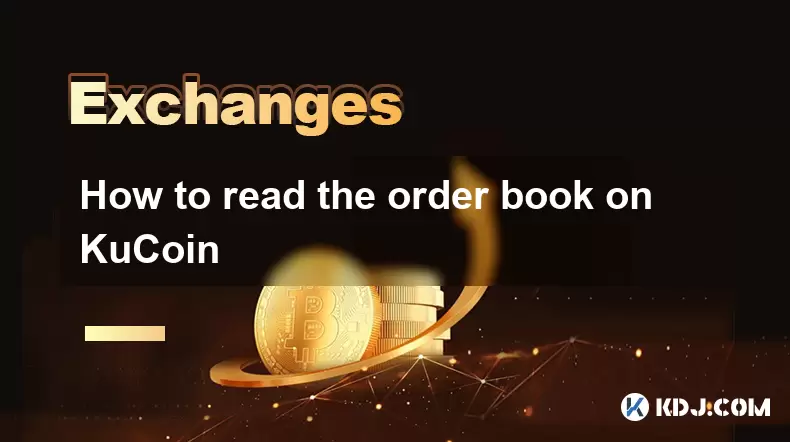
How to read the order book on KuCoin
Aug 10,2025 at 03:21pm
Understanding the Order Book Interface on KuCoinWhen accessing the order book on KuCoin, users are presented with a real-time display of buy and sell ...
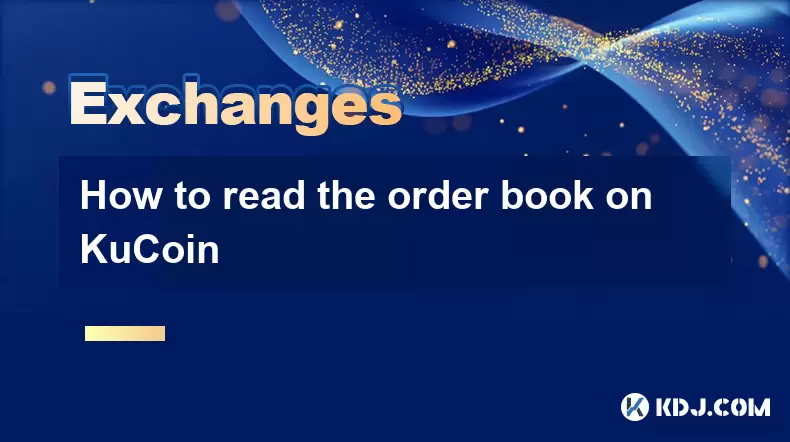
How to read the order book on KuCoin
Aug 12,2025 at 02:28am
Understanding the Basics of Staking in CryptocurrencyStaking is a fundamental concept in the world of blockchain and cryptocurrencies, particularly wi...
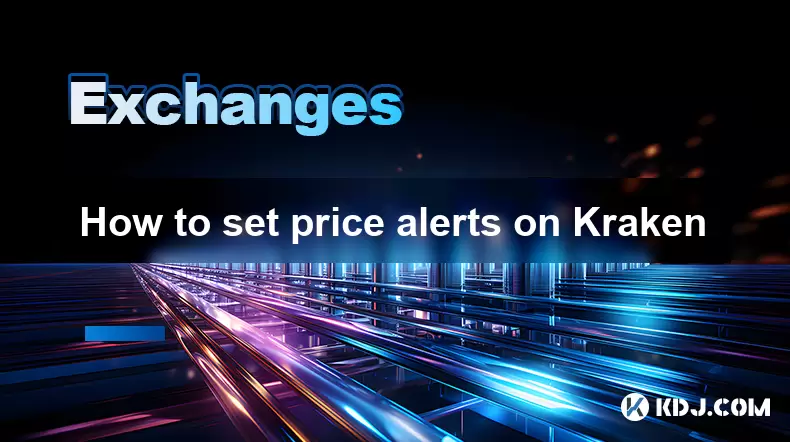
How to set price alerts on Kraken
Aug 11,2025 at 08:49pm
Understanding Price Alerts on KrakenPrice alerts on Kraken are tools that allow traders to monitor specific cryptocurrency pairs for price movements. ...
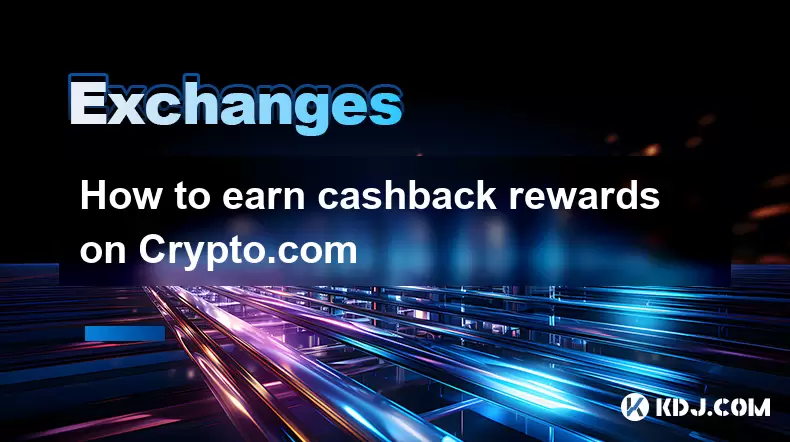
How to earn cashback rewards on Crypto.com
Aug 12,2025 at 02:08am
Understanding Cashback Rewards on Crypto.comCashback rewards on Crypto.com are a feature designed to incentivize users to spend using their Crypto.com...
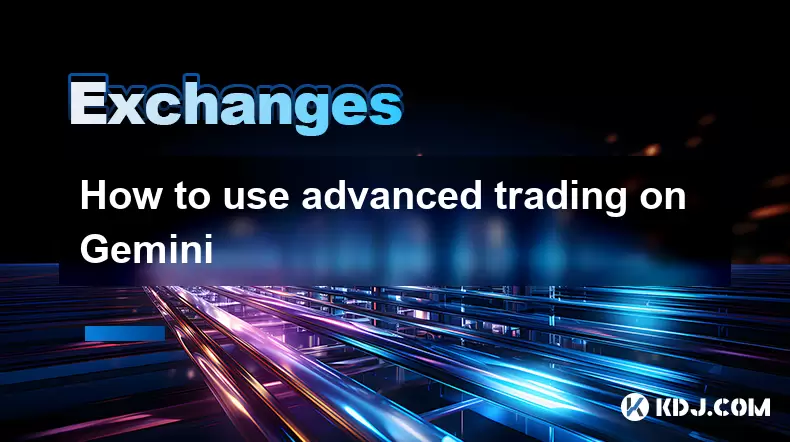
How to use advanced trading on Gemini
Aug 08,2025 at 04:07am
Understanding Advanced Trading on GeminiAdvanced trading on Gemini refers to a suite of tools and order types designed for experienced traders who wan...

How to use margin trading on Poloniex
Aug 08,2025 at 09:50am
Understanding Margin Trading on Poloniex

How to read the order book on KuCoin
Aug 10,2025 at 03:21pm
Understanding the Order Book Interface on KuCoinWhen accessing the order book on KuCoin, users are presented with a real-time display of buy and sell ...

How to read the order book on KuCoin
Aug 12,2025 at 02:28am
Understanding the Basics of Staking in CryptocurrencyStaking is a fundamental concept in the world of blockchain and cryptocurrencies, particularly wi...

How to set price alerts on Kraken
Aug 11,2025 at 08:49pm
Understanding Price Alerts on KrakenPrice alerts on Kraken are tools that allow traders to monitor specific cryptocurrency pairs for price movements. ...

How to earn cashback rewards on Crypto.com
Aug 12,2025 at 02:08am
Understanding Cashback Rewards on Crypto.comCashback rewards on Crypto.com are a feature designed to incentivize users to spend using their Crypto.com...

How to use advanced trading on Gemini
Aug 08,2025 at 04:07am
Understanding Advanced Trading on GeminiAdvanced trading on Gemini refers to a suite of tools and order types designed for experienced traders who wan...
See all articles

























































































